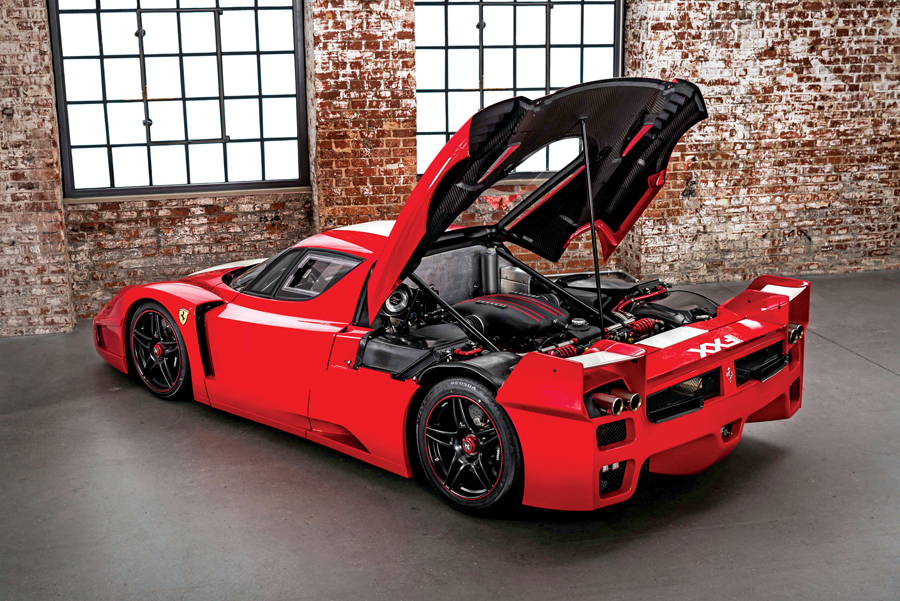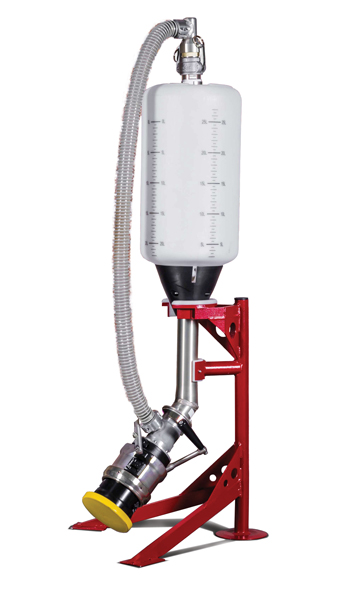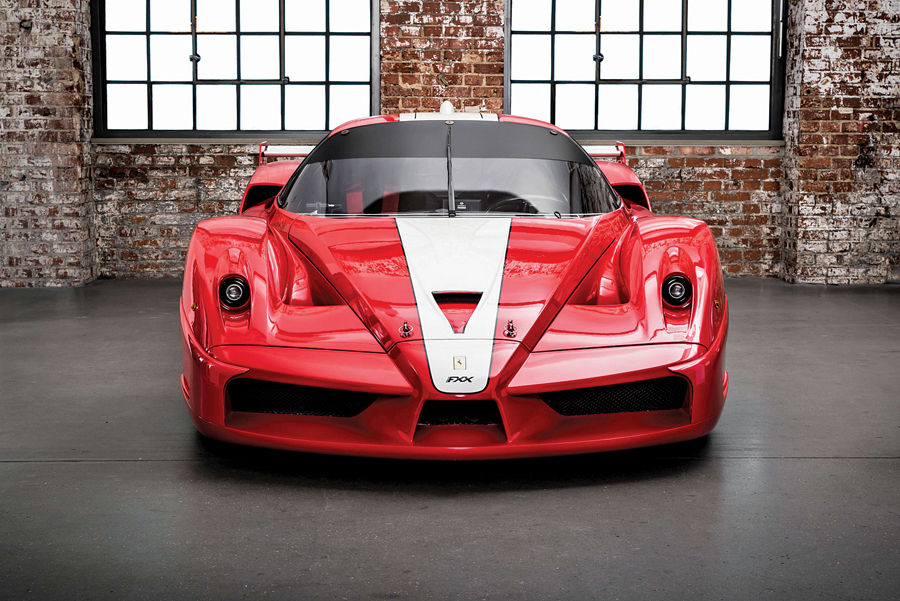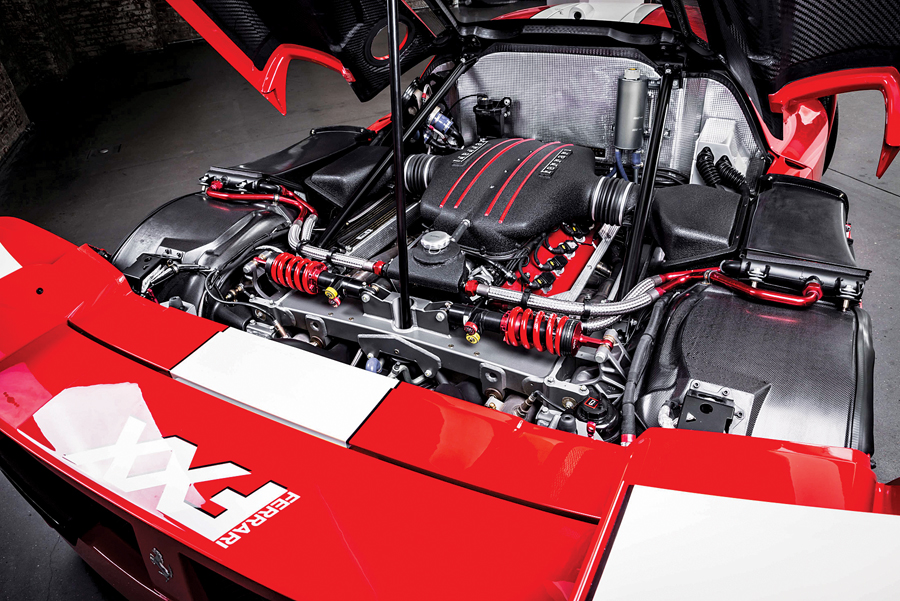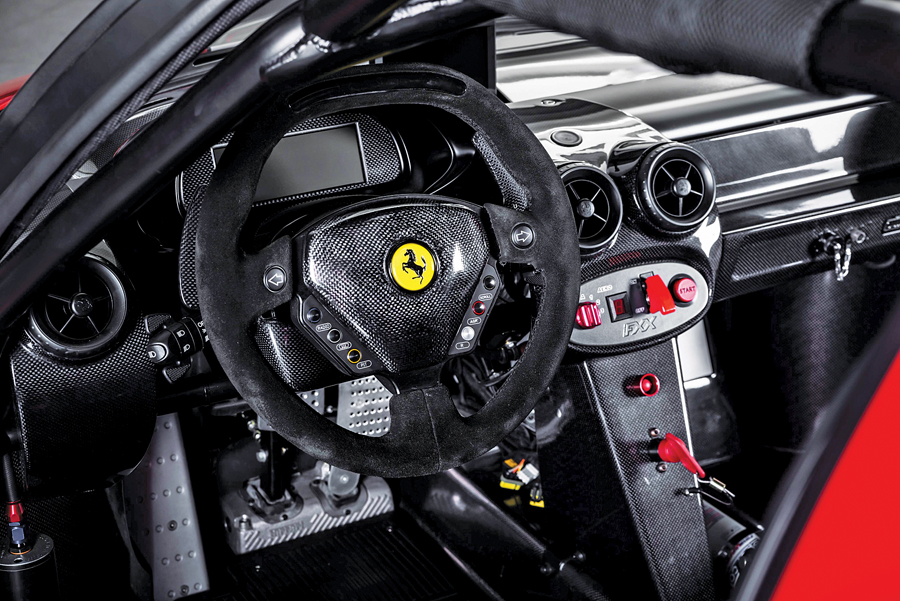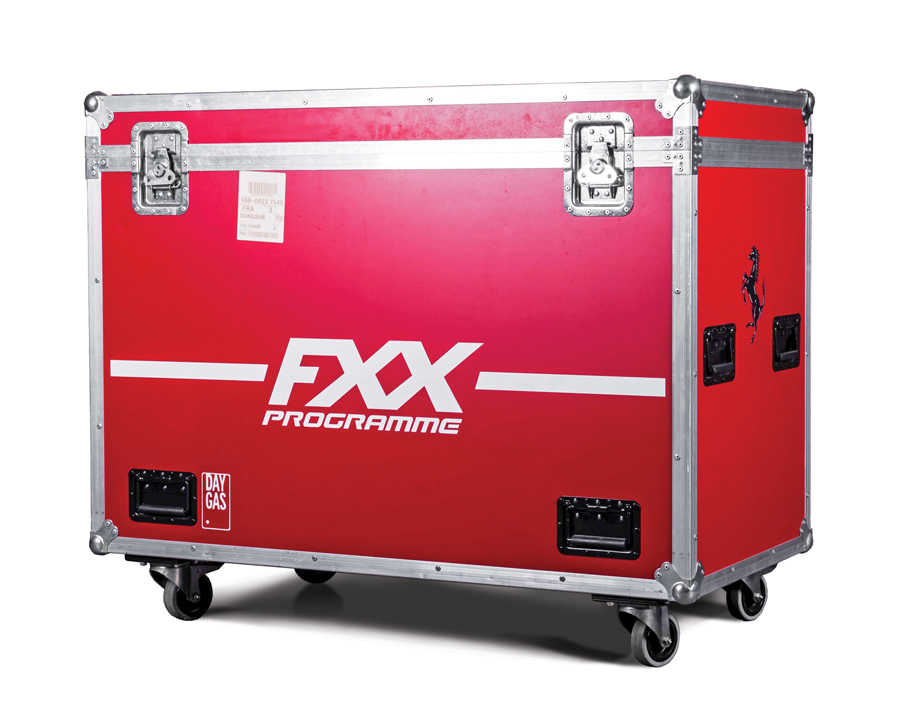SCM Analysis
Detailing
| Vehicle: | 2006 Ferrari FXX coupe |
| Years Produced: | 2005–06 |
| Number Produced: | 30, plus prototypes |
| Original List Price: | $1,800,000 |
| SCM Valuation: | $1,554,000 |
| Tune Up Cost: | Starts at $3,000 and can go up dramatically from there |
| Chassis Number Location: | Front compartment over the steering column near the windshield |
| Engine Number Location: | In the V between heads |
| Club Info: | Ferrari Club of America |
| Website: | http://www.ferrariclubofamerica.org |
| Alternatives: | 1993 Ferrari 333 SP, 2004–05 Maserati MC12 Versione Corse, 2002–03 Ferrari Enzo |
| Investment Grade: | B |
This car, Lot 91, sold for $3,282,291, including buyer’s premium, at Artcurial’s Rétromobile auction in Paris, France, on February 9, 2018.
When former Ferrari CEO Luca di Montezemolo took over Ferrari in 1991, he saw great opportunities in making Ferrari ownership a participatory experience. He figured that if the Ferrari experience was more than just owning a Ferrari, the clients would pay handsomely to be included.
Back to the track
One of Montezemolo’s priorities was getting Ferrari back into racing. A quick kick in the butt got the Formula One effort on track to their 2000 World Championship and subsequent Michael Schumacher dominance. Next came GT racing — a proud-but-neglected Ferrari tradition.
By 1993, Ferrari had the 348 GT race car, the highly successful 333 SP sports prototype race car, and a 348 Challenge race car to run in the newly initiated 348 Challenge race series.
The F1 success, the 348 GT, and the 333 SP gave Ferrari enthusiasts cars to cheer and dream about driving. The Challenge series gave anyone with a big enough checkbook a way to go racing with Ferrari — in a Ferrari.
Support for the race cars soon became big business, and Ferrari GT Sporting Activities was founded to manage customer racing needs.
GT Sporting Activities oversees Competizioni GT, Ferrari’s professional GT racing program. It also supervises Corse Clienti, which provides support for client-owned Ferrari Formula One race cars, and Corso Pilota, Ferrari’s high-performance driving school.
GT Sporting Activities also manages the Ferrari Challenge and Ferrari’s XX Programme.
Paying to play
The XX Programme is unique in the racing world.
Through the program, Ferrari sells clients ultra-high-performance, track-only supercars that are driven at Ferrari Racing Days.
The racing days are high-end events held at some of the most prestigious racetracks on several continents. For a significant fee, Ferrari provides arrive-and-drive logistics. They take care of storing the cars, shipping the cars, hospitality and mechanical support at the track and at home base.
XX owners are called Client Test Drivers. The XX cars are wired to a telemetry bank that records every aspect of the car’s movement.
The company line is that the client’s data will help in designing future Ferraris.
The conventional wisdom is that the program is just an excuse to play with expensive cars.
The multimillionaire clients stay at the best hotels, eat at the best restaurants and rub elbows with other multimillionaires from around the world.
This is an expensive program and it takes participation to spread the expenses. The social experience is what makes the XX Programme fun. It also takes participation to make the social experience work.
Car flippers not welcome
Ferrari is not keen on selling XX cars to people who are not going to participate in the Programme activities. It is very unusual to come across an XX car that hasn’t seen at least some track time.
The FXX was the first car built for the XX program. The highly modified Enzos looked cool and sounded magnificent. They were an instant hit.
Few FXXs change owners. I could only find one currently advertised for sale.
The SCM Platinum Auction Database shows only seven offerings. Surprisingly, only four of the seven were reported sold. The low rate of offerings can be partially attributed to the original FXX owners being handpicked Ferrari collectors.
Car flippers were not welcome, so many FXXs remain with the original owners.
The low sales percentage has more to do with the nature of the car than the pricing. The sole purpose of the FXX was to be tested at Ferrari Racing Days with support by Ferrari Corse Clienti technicians. The cars were not legal in any competition series, and they are too complicated to be casually brought out for club weekends.
As the FXX program evolved to the 599XX and FXX K program, the original FXX is no longer a useful tool for collecting data. Corse Clienti will still support an FXX at a Racing Day, but most cars have been retired to garage jewelry.
Lack of use as a selling point
Artcurial’s FXX was a particularly interesting car. You would normally market an FXX based on who the original owner was, any celebrity guest drivers — or maybe which track they used for racing.
The Artcurial car’s claim to fame was that sixth gear had never been used, which is hardly a normal selling point for a race car.
There was no history of significance attached to the FXX. Fortunately, the previous owners were careful to have kept the important accessories with the car, so it was presented in as-delivered condition.
The FXX was the Super Enzo, the T-Rex of its time. This example has been neutered to a historical artifact rather than a fire-breathing dragon. The catalog description noted that it has been kept in running condition, but does that really matter? This car will forever be a static display.
This FXX was the ultimate trophy for a supercar collector. It’s unlikely a more-complete, less-used example will ever come to market. The very optimistic low estimate was nearly twice the going rate for a driven example. The sale just barely broke that threshold.
The seller should be delighted with the sale. There’s a thin market for a car that will never be driven — even if they are way cool. This car could have easily gone home unsold.
The buyer got a unicorn — and paid too much for an FXX. That said, the new owner wanted this FXX. In the multimillion-dollar club, availability trumps price.
The buyer can always make more money, but finding another unused FXX may not happen again in his lifetime. Everyone should have gone home happy. ♦
(Introductory description courtesy of Artcurial.)
